Learning to die in order to live
“At the invocation ‘May meek and festive Christ Jesus manifest His face,’ Camillus lit up for an instant, and joined his last smile with his last breath. He has known that face for a long time. It is 9:30 p.m. on July 14, 1614” (From the reading of the Transit of Saint Camillus).
In the Camillian tradition, July is the month in which we commemorate the transit of St. Camillus to Heaven. After the passing of a person, opens the testament for the transmission and sharing of his or her inheritance to the survivors, and begins above all the sentimental and relational rereading of the deceased person’s life and values.
The mother-rule bequeathed to us by St. Camillus is the proposal of a supratemporal value that opens, for us, the responsibility of a radical duty and a precise form of life. The terms in which this precious inheritance is presented are clear and demanding, perhaps too demanding so much so that we doubt their feasibility.
“If, inspired by the Lord God, one desires to exercise the corporal and spiritual works of mercy according to our Institute, let him know that he must be dead to the world, that is, to relatives, friends, things and to himself, in order to live only for Crucified Jesus under his most gentle yoke of perpetual poverty, chastity and obedience and service of the poor sick even plague-ridden, in corporal and spiritual needs, day and night, according to what he will be commanded. He will do this out of true love for God, out of penance for his own sins, remembering what the Truth, Jesus Christ, says, “What you did to one of the least of these my brethren, you did to me,” and elsewhere, “I was sick and you visited me: come with me, O blessed ones, possess the Kingdom prepared for you before the foundation of the world.” […] Therefore whoever wishes to enter our Order, think that he must be dead to himself, if he has received such a great gift of graces from the Holy Spirit that he cares neither for death nor for life, neither for infirmity nor for health: but as dead in all to the world, let him give himself wholly to do the will of God under perfect obedience to his superiors, totally renouncing his own will, and let him deem it a great gain to die for the Crucified Christ Jesus, our Lord, who says, “no one has greater love than he who lays down his life for his friends.” […] ” (From our Formula of Life – 1599).
It is interesting to note this threefold insistence of Camillus on being ‘dead to the world,’ ‘dead to himself,’ and ‘dead in all to the world.’ For him, there is a ‘dying to live‘ as well as a ‘living to die‘; that is, a dying and a living, understood and lived precisely as a reserving oneself in an absolutely exclusive sense, without reductionism of any kind, all for the sacred and holy thing par excellence: the ‘service of the poor sick, even plague-ridden‘, done ‘for the true love of God‘.
In Vita Manuscript (251) we read, “All his contemplations, ecstasies, raptures, and visions, consisted in keeping himself almost the whole nights to gaze fixedly over some dead body, or dying body, or other poor destructed infirm. And in such exhausted and mangled bodies he considered the extreme misery of human life… And in such spectacles of horror he learnt it to live in order to die, and those were always his books and his schools where he learnt to despise the world, and love his neighbours.”
Camillus simply but rigorously gives us the precise direction of reflection on the experience of the cross and mercy, the primary and permanent sources of his life: service to the sick was for him the place where he “learnt to live in order to die.”
But this radical ascetic experience, of permanent human and spiritual conversion, does not yet seem to be enough: his personal-interior-mystical life and all his commitment to relationship and service are substantiated by a good done well, in which the primary good is not the external-apparent-visible-objectified-quantifiable content of actions; but is primarily encapsulated by a radical ‘form of Christian life,’ consistent and constantly monitored in its deepest motivations.
When Camillus, in fact, comes to enucleate the sole and fundamental reason for exercising the works of mercy, in dying to self and living only for the crucified, affirms in a sober but extremely clear formula: “which he will do out of TRUE love for God.”
We here touch the most intimate – and often ignored – core of the experience of faith and therefore of holiness, capable of making charity and works of mercy authentic. Camillus invites us to go beyond appearance, to look at ourselves (and not just what we do) in front of the cross, and allow ourselves to be put in the truth of his Word.
The emphasis on the adjective ‘true,‘ seems to hint at the possibility of love being ‘not true,’ of mercy for the sick person being ‘in facade.‘ Camillus knew the distinction between ‘real good’ and ‘apparent good,’ between that which is experienced as valuable, good-for-itself and that which, in some way, is merely something important-for-me. As in other aspects of the life of faith, and perhaps even more so, in the works of mercy is the question whether we can make a sincere gift of ourselves to others. The saints’ examination of conscience has always been substantiated by this radical self-criticism: the more they progressed in age and wisdom of life, approaching God’s holiness (cf. Lev. 11:44) the more they discovered themselves to be inadequate and in need of continual correction. Camillus in his transit, would confess himself as a “flawed and spiritless monster.” If the answer – certainly not the verbal one, as much as the existential one, which is embodied in the lifestyles, in the small, ordinary, often linear choices of which our days are made – is not ‘for Jesus crucified,’ it will inevitably always be ‘for myself.
The crucifix is the unifying element for Camillus, the experience that allowed him to ‘bring his gaze to the center‘. The crucifix is both the life-giving servant and the one who is served in those with whom he is especially identified; it is the ‘place’ where one learns to die in order to live and to live in order to die; it is the most excellent ‘sign’ of the acceptance of unconditional mercy, from needy men who, in this way, can enter into the truth of themselves.
In front of the cross, Camillus discovered himself as a man in need of mercy. It is only from the absolute and incomprehensible gratuitousness of crucified love that he learnt to have mercy on himself, on his limitations, on that humanity which was waiting to be known and respected and which is called to be transformed and transfigured in the image of the crucified.
I wish all Camillian confreres and all members of the Camillian Charismatic Family to feel caught up and embraced by the last and blessing words of our Father and Founder: “As far as it is granted to me by God, as your father, in the name of the Most Holy Trinity and the Blessed Virgin, I give to you, as to the absent and the future, a thousand blessings.”
Fr. Pedro Tramontin MI
Superior General


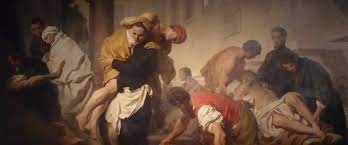
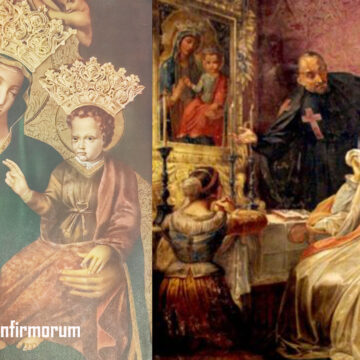
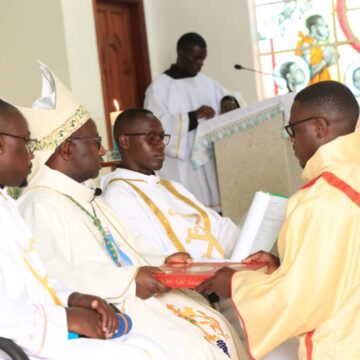

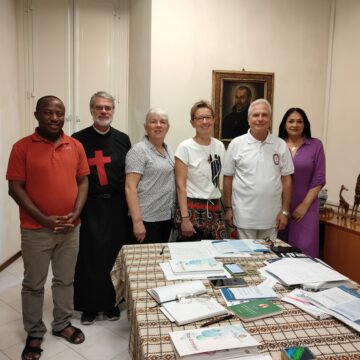

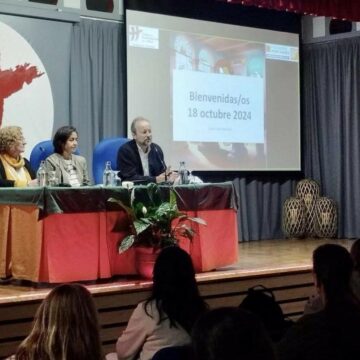

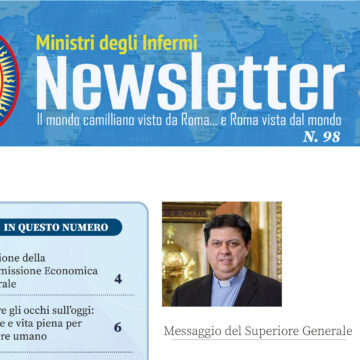
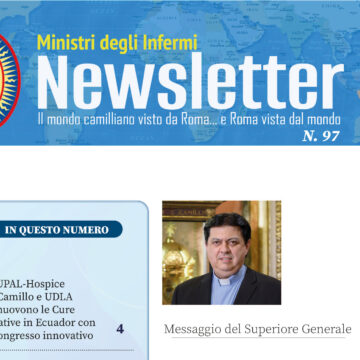
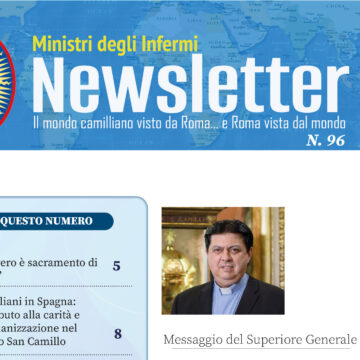
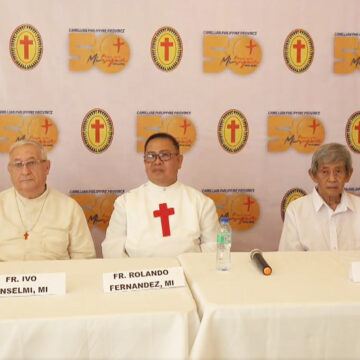
Camillians on Facebook
Camillians on Twitter
Camillians on Instagram